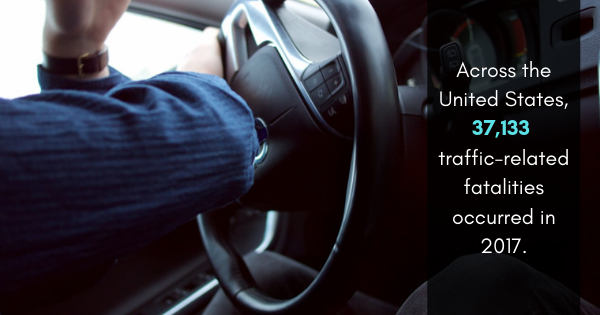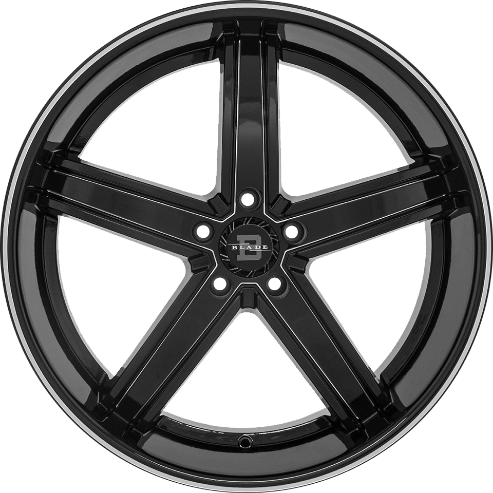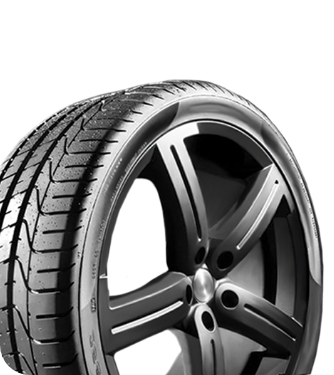

How To Detect Tire Wear From Poor Suspension Alignment
Safety Tips | 
When it comes to vehicle maintenance, keeping an eye on tire wear is crucial—not just for the safety of your drive but also for the longevity of your car. One common cause of tire issues is poor suspension alignment. Misaligned suspension can result in uneven wear on your tires, reducing performance, fuel efficiency, and overall driving comfort.
Understanding how suspension alignment impacts your tires is key for any vehicle owner. Paying close attention to these warning signs will not only keep you safe on the road but will also save you money on new tires and repairs. This guide will walk you through how to detect tire wear from poor suspension alignment so you can address issues before they become costly.
1. Look for Uneven Tire Wear
One of the easiest ways to detect poor suspension alignment is by inspecting your tires for uneven wear patterns. The most common types of wear to look out for are camber wear and toe wear.
Camber wear happens when the inner or outer edges of the tire wear out faster than the center. It often indicates misaligned wheels or suspension issues. Toe wear, on the other hand, describes feathering or cupping on the treads that occurs when the wheels are angled inward or outward, causing the rubber to wear unevenly.
Regularly checking your tires for these wear patterns will not only help you identify alignment problems but also ensure that your tires function optimally. By keeping an eye on your tires’ condition, you can prevent potential issues that could lead to unsafe driving conditions. You can use your hand to feel for abnormal tread patterns during routine inspections, making it easier to catch irregularities before they escalate.

2. Observe Your Driving Experience
How your car handles can provide valuable insight into the condition of your suspension alignment. If you notice the following symptoms while driving, your suspension may be causing tire wear:
- Your car pulls to one side while driving straight.
- The steering wheel doesn’t return smoothly to the center after a turn.
- The vehicle feels unstable or vibrates at higher speeds.
These are warning signs you shouldn’t ignore. Left unchecked, these issues can quickly compound, leading to expensive repairs and new tire purchases.
3. Check Tire Tread Depth
Using a tread depth gauge is a simple yet effective way to check for even tire wear across all your tires. By measuring the tread depth, you can identify inconsistencies that might indicate underlying issues, such as alignment problems or improper tire rotation.
If you notice that some tires have significantly less tread depth than others, it’s a clear sign that something needs attention. Tires with severely worn treads not only compromise your vehicle’s traction and handling but also increase the risk of hydroplaning, especially in wet or slippery conditions.
Pro tip: Tires should be rotated every 5,000 to 7,500 miles to promote even wear, but make sure your suspension is properly aligned before performing a rotation.
4. Inspect the Tires’ Edges for Feathering
Feathering is a subtle but important sign of poor alignment. This occurs when the edges of your tire treads feel smooth on one side and sharp on the other. Feathering is typically caused by toe settings that are off in your suspension alignment.
Running your hand along the edges of the tire can help you identify this issue. If feathering is present, schedule a professional alignment check immediately to avoid further wear.
5. Notice Abnormal Tire Noise
Tires worn from poor alignment can generate abnormal road noise, which can be both annoying and a sign of a deeper issue. This noise happens because irregular contact between the tires and the road surface creates uneven vibrations as you drive.
If you notice a humming or droning noise while on the road, it’s a good idea to inspect your tires and consider whether alignment problems might be causing it. This noise often comes hand-in-hand with visible wear patterns, such as cupping, feathering, or balding. Addressing alignment issues early can prolong the life of your tires and improve your driving experience.

6. Inspect the Suspension Components
Worn or damaged suspension components, such as ball joints, control arms, and bushings, often lead to poor alignment, which can significantly impact your vehicle’s handling and safety. These components work together to keep your tires in proper contact with the road surface, ensuring stability and smooth driving.
If your suspension components are worn, loose, or damaged, they can create uneven pressure on the tires, causing irregular wear and potentially shortening the lifespan of your tires. This can also lead to a less comfortable ride and reduced fuel efficiency. Regular inspections can help detect issues early, prevent costly repairs, and ensure your vehicle stays aligned for safer and more efficient driving in the long term.
7. Schedule Professional Alignment Checks
Even with diligent self-inspections, the most accurate way to prevent tire wear from poor suspension alignment is to have your vehicle professionally aligned. Experts utilize precision equipment to measure suspension angles, ensuring your tires’ camber, caster, and toe are aligned to factory specifications.
Most manufacturers recommend alignment checks every one to two years or any time major suspension components are replaced. For proactive vehicle care, consider adding alignment checks to your regular maintenance routine.
Why Addressing Alignment Issues Is Essential
Ignoring poor alignment can lead to a cascade of problems beyond tire wear. Misalignment often stresses other vehicle components, such as the steering system and suspension, potentially causing premature failure. Additionally, worn-out tires affect braking performance, increasing stopping distances and the chance of accidents.
Knowing how to detect tire wear from poor suspension alignment isn’t just about your tires; it’s about improving overall performance and safety. Properly aligned wheels enhance fuel efficiency, provide a smoother ride, and maximize the lifespan of your investment in premium tires.
Taking the Next Step
If you’ve noticed any of the above symptoms or uneven wear on your tires, it’s time to act. Neglecting these alignment issues could mean replacing tires more frequently. At RNR Tire Express, our specialists are ready to diagnose alignment problems and recommend the right set of tires for your vehicle.
We proudly serve customers in Tucson and beyond with affordable payment options and top-tier service. Whether you need help fixing alignment issues or securing tires in Tucson, swing by RNR Tire Express for unparalleled expertise and support that gets you back on the road safely.
Drive safely. Drive confidently. Visit RNR Tire Express today.





